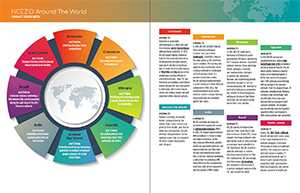NCEZID Around The World: Impact Highlights
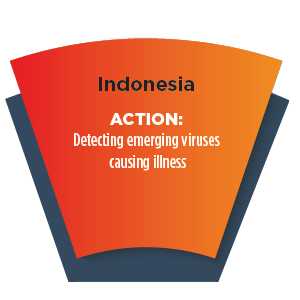
Indonesia
IMPACT:
Indonesia is universally acknowledged as a likely hot spot for emerging, vector-borne viruses with pandemic potential. In 2012, NCEZID began helping Indonesia build its first molecular laboratory for diagnosing emerging viruses, now one of the best in Southeast Asia. It made the first confirmations of West Nile and Zika viruses in the archipelago, alerting officials to potential outbreaks. Now CDC and Indonesia are building a surveillance system around this new lab capacity to determine which vector-borne viruses are making people sick and stop them before disease spreads.
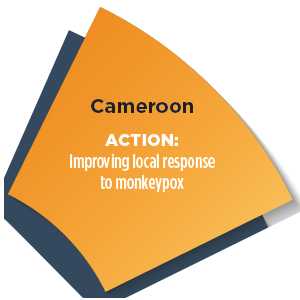
Cameroon
IMPACT:
In 2016, NCEZID scientists trained their Cameroon colleagues to detect, test, and control monkeypox, caused by a virus in the same genus as the virus that causes smallpox. This training was applied a few months later when a serious outbreak of monkeypox surfaced among chimps at a primate conservation center. NCEZID deployed epidemiologists to assist Cameroon in their effective containment of the virus. Our recommendations led to better infection control to ensure that any future outbreaks are contained quickly and safely.
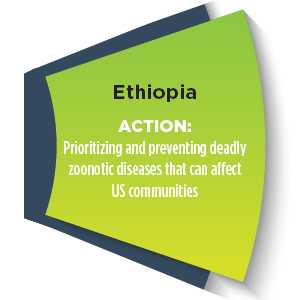
Ethiopia
IMPACT:
In 2015, NCEZID facilitated a workshop in Ethiopia to assist government officials in prioritizing the 5 zoonotic diseases of greatest national concern. Using workshop results, Ethiopia is creating and implementing strategies to address the prioritized diseases and establishing proven prevention programs, such as vaccine programs. We continue to work with Ethiopia on prevention and control for these dangerous pathogens to ensure that future outbreaks are contained quickly before they cross borders.
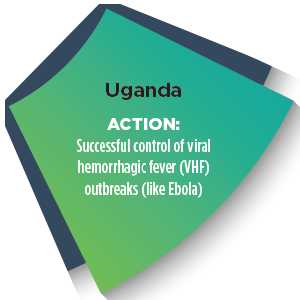
Uganda
IMPACT:
In 2010, NCEZID and partners established the first national viral hemorrhagic fever (VHF) surveillance and lab program in Uganda. This lab allows quicker testing so response teams can be deployed rapidly. In the 10 years prior to the program, only 3 VHF outbreaks were detected, with an average of 187 cases per outbreak. Since the program began, 10 outbreaks, including Ebola, Marburg, Crimean-Congo hemorrhagic fever and Rift Valley fever, have been detected with an average of only 7 cases per outbreak. This program has dramatically improved Uganda’s capacity to detect and respond to VHFs, reducing illness and saving lives.
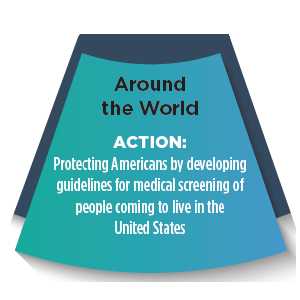
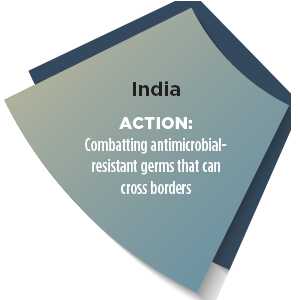
India
IMPACT:
NCEZID and India are laying the foundation for stopping the spread of antimicrobial resistance (AMR). In 2016, CDC helped expand national AMR surveillance to 13 labs in India and helped institutions within India measure AMR trends, prevent healthcare-associated infections, and improve antibiotic use. Data from the labs and networks will inform India’s national treatment guidelines, a critical step for combating AMR. These efforts lay the foundation for long-term, data-driven programs to stop the spread of AMR in India.
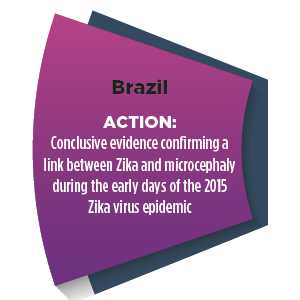
Brazil
IMPACT:
NCEZID quickly developed two new tests that could detect Zika virus in tissues. In late 2015, tissue samples from two newborns who died within hours of birth and two miscarriages were submitted to CDC from Brazil. NCEZID scientists used the new tests to confirm the tissues were positive for Zika. This evidence led CDC to conclude that Zika causes microcephaly, and embark on critical research to protect pregnant women in the U.S. and around the world.
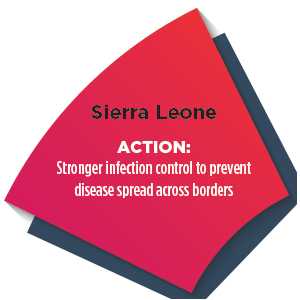
Sierra Leone
IMPACT:
During the 2014 Ebola outbreak, NCEZID worked with Sierra Leone to fast-track development of a national program to decrease the spread of Ebola in healthcare facilities. The program’s success led Sierra Leone to bolster 25 government hospitals and 14 districts with trained infection prevention staff, ensuring that infection prevention and control remain a priority in healthcare.
- Page last reviewed: July 20, 2017
- Page last updated: July 20, 2017
- Content source:
Centers for Disease Control and Prevention
National Center for Emerging and Zoonotic Infectious Diseases (NCEZID)


 ShareCompartir
ShareCompartir
